Exploring new destinations is always an eye-opening experience. One of our first stops is usually the local history museum. This helps us learn the background stories that are found in every community. That is how we landed at the Marshall County Museum in Marysville, Kansas. Pulling up in front of the 1891 courthouse had our eyes popping. Not all of the museums we visit are found in such amazing architectural spaces. We were excited to learn how this Kansas city grew from it’s simple start as a ferry crossing.
We want to thank Visit Marysville the Marshall County Museum for hosting our visit. Rest assured all opinions are our own.

Meeting Dixie
We made our way into the museum and met Dixie, who would be our tour guide. She was more than happy to show us around and fill us in on the the background stories that we were eager to hear. She started us with a simple history lesson that focused on Marysville. In the mid-1800s, Frank Marshall made his way to the region and set up shop operating a ferry crossing and trading post. This story was very familiar to us, since it somewhat replicates how our hometown got its start. Business was good, as a steady stream of Oregon Trail travelers were making their way west, and needed to cross the Big Blue River.

Coming Into Focus
The original name of the town was Marshall’s Ferry, but Frank saw to it that it was renamed after his wife. The crossing was vital for transportation and would help provide the fuel to build a growing community. Marysville laid on the path of the Pony Express and served as the first “home station” along the route. The town was being developed in one of the most volatile periods for Kansas. The Civil War was less than a decade away and both slavery supporters and abolitionists were vying for control of the state. In fact, for a short period of time a second city, named Palmetto, was established by southerners, but it was short-lived.
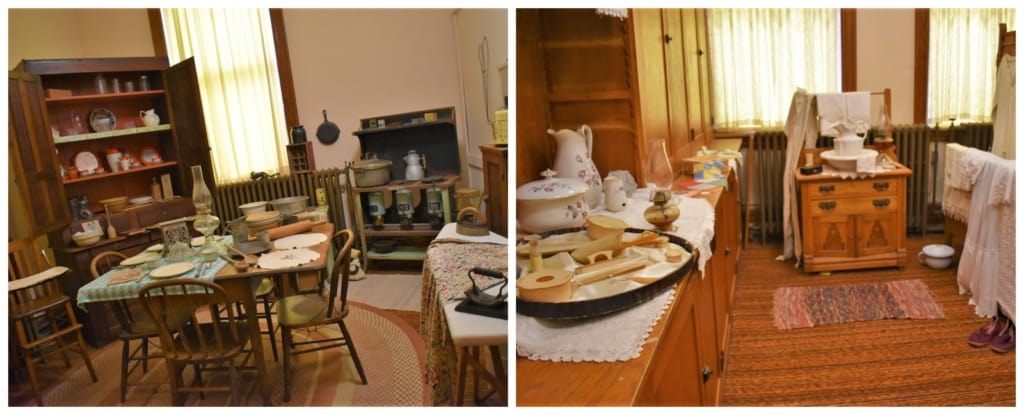
Family Life
The ferry operated with steady business until a bridge was constructed in 1864. By then, the town of Marysville was progressing well. One of the first schools was built in 1859, but was already outgrown by the end of the war. To draw citizens to the town, businesses were needed. A saw mill was constructed along the banks of the Big Blue River, and used the waterway for transporting goods. The fertile lands around the city were ripe for the production of tobacco. Marshall County would become the home of four cigar factories, with three located in Marysville.
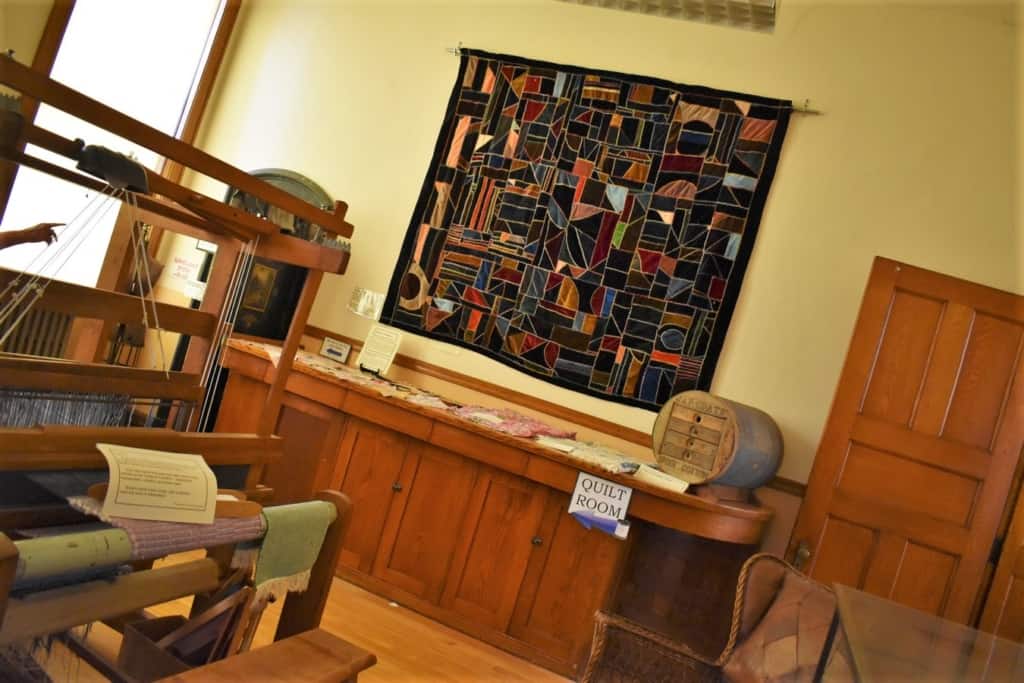
Community Quilting
The families that settled in Marysville were primarily of German descent. They brought with them the skills and traditions they had learned in the Old World. As Dixie was leading us through the Marshall County Museum, we noticed her excitement increased when we entered the Quilt Room. Inside, they have a variety of artifacts, including an old loom. A second room is filled with examples of the styles of quilts that have been produced over the many generations in the city’s history. There are some beautiful pieces in their collection, so we can see why Dixie was so excited.

Here Comes the Judge
The main portion of the second floor is dedicated to the courthouse. It served the community of Marysville for nearly 90 years. They have retained this space in its original form, which includes hat holders on the underside of the chairs. These certainly hearken back to a different era. Crystal noted the intricate details on the edges of the chair backs and castings for the legs. It definitley spoke of a different time, when craftsmanship was taken to a different level.
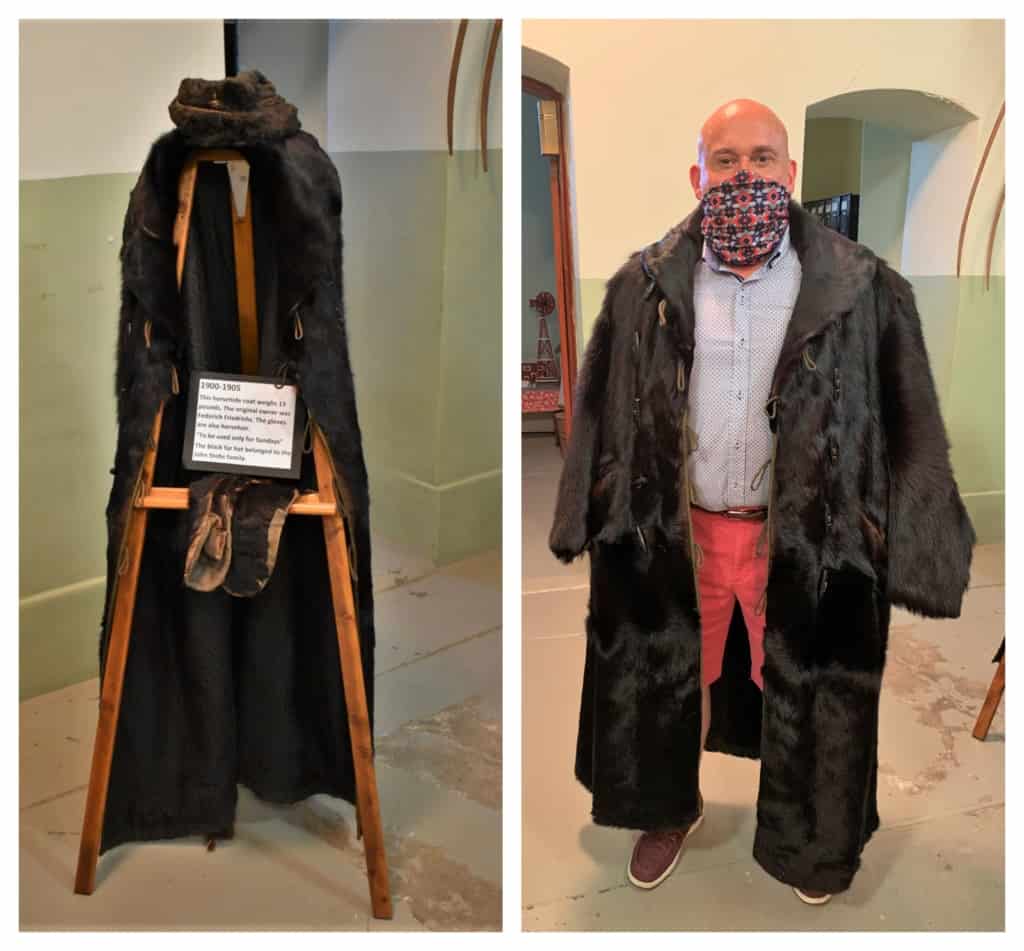
Heavy Layers
We had completed two floors of the museum, but still had the basement to explore. We were led down the stairs to a series of smaller rooms, which each hold a gallery based on a specific type of business. Farming is obviously an integral part of many Kansas regions and the same goes for Marshall County. As we studied the exhibits, Dixie asked if I had ever worn a horse-hair coat. That is something I had never experienced, but now I have. By the way, that thing weighed almost 15 pounds and would definitely shelter a person from the blowing winter winds.

A Marysville First
One final room to explore, which focused on some of the stores that have occupied spaces in Marysville. As we were driving through the downtown section of the city, we noticed they have an abundance of shops. Of course, the olden days would have looked much different. It was while we were reviewing photographs from the past that Dixie pointed out an interesting factoid. Marysville was home to the very first brick-and-mortar Montgomery Ward store. She has to assume that there have been a lot of mail orders coming from this town to draw this kind of attention from the company. The building that housed the store still stands today.
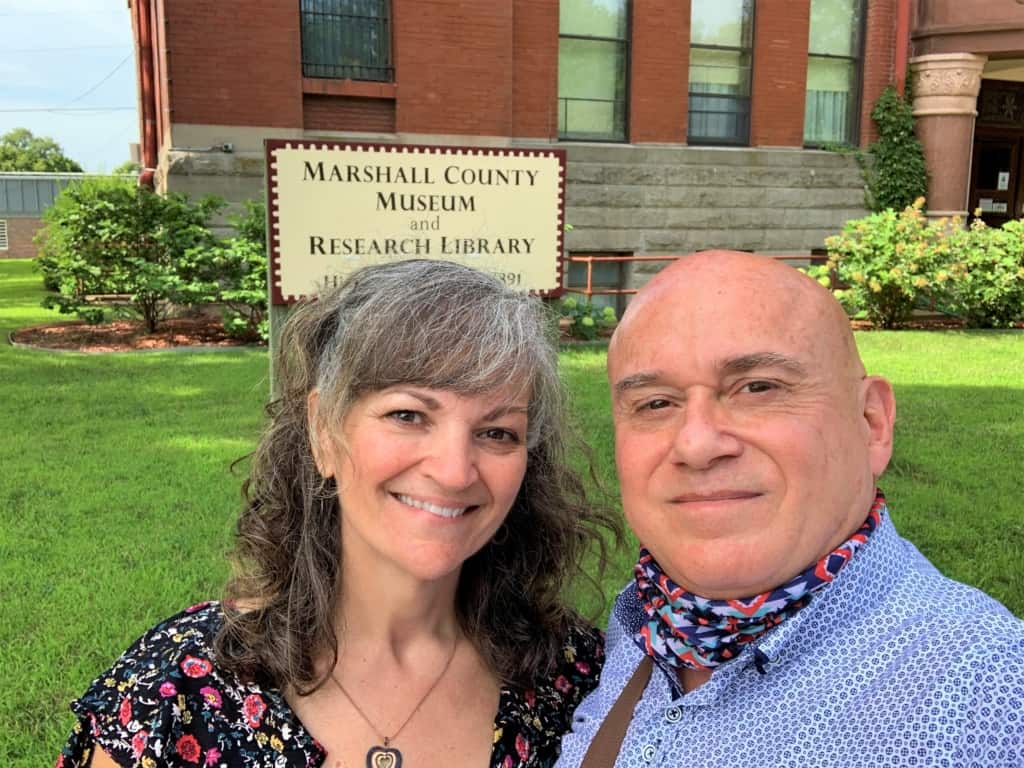
Background Stories
Armed with all of the background stories, we were ready to hit the streets for some up close exploring. With a beautiful day and plenty to see, we knew that Marysville would be a great visit. While travel in 2020 is filled with a lot of uncertainties, we find it comforting to visit towns where the people truly care about their neighbors. It helps lend a feeling of safety to those around, as well as for us visitors. It also gives us a chance to learn about another community in our home state of Kansas. What interesting stories have you discovered during your travels?


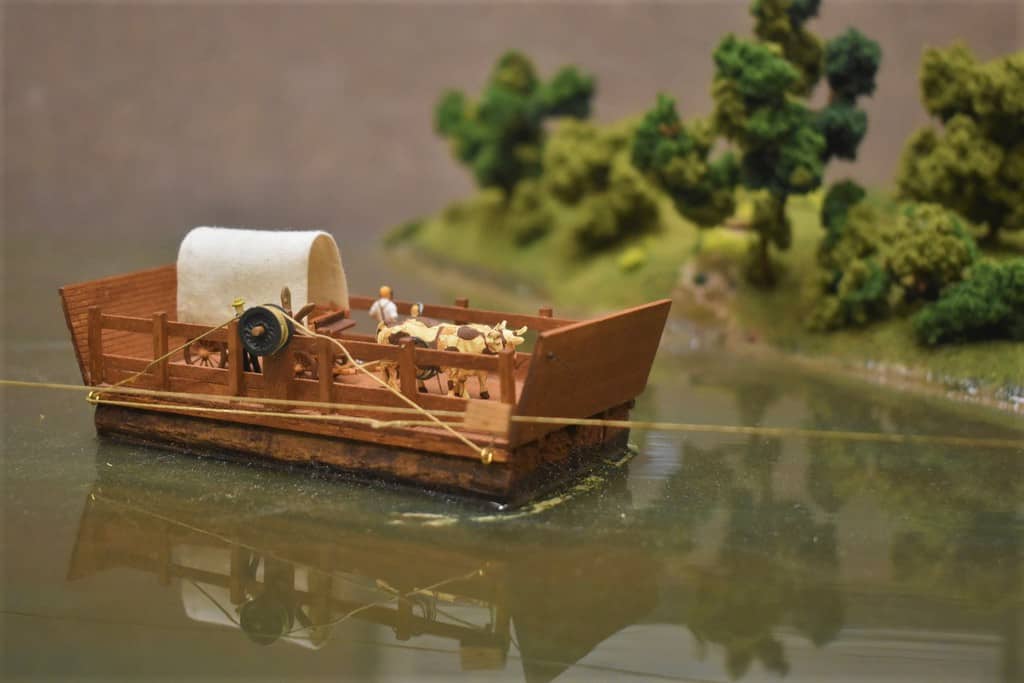
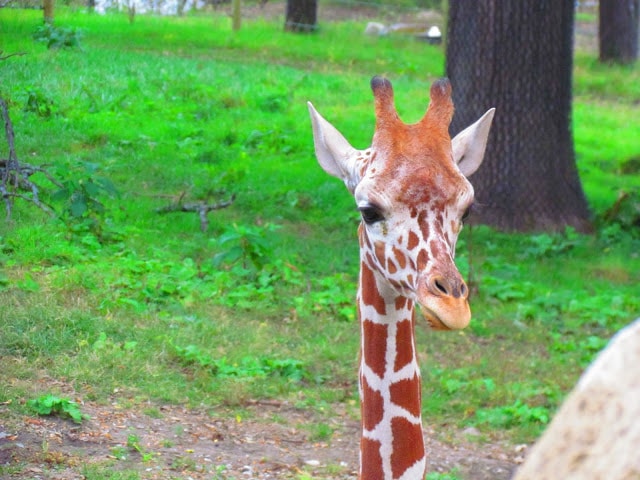


Thanks again enjoyed ,
You’re welcome.